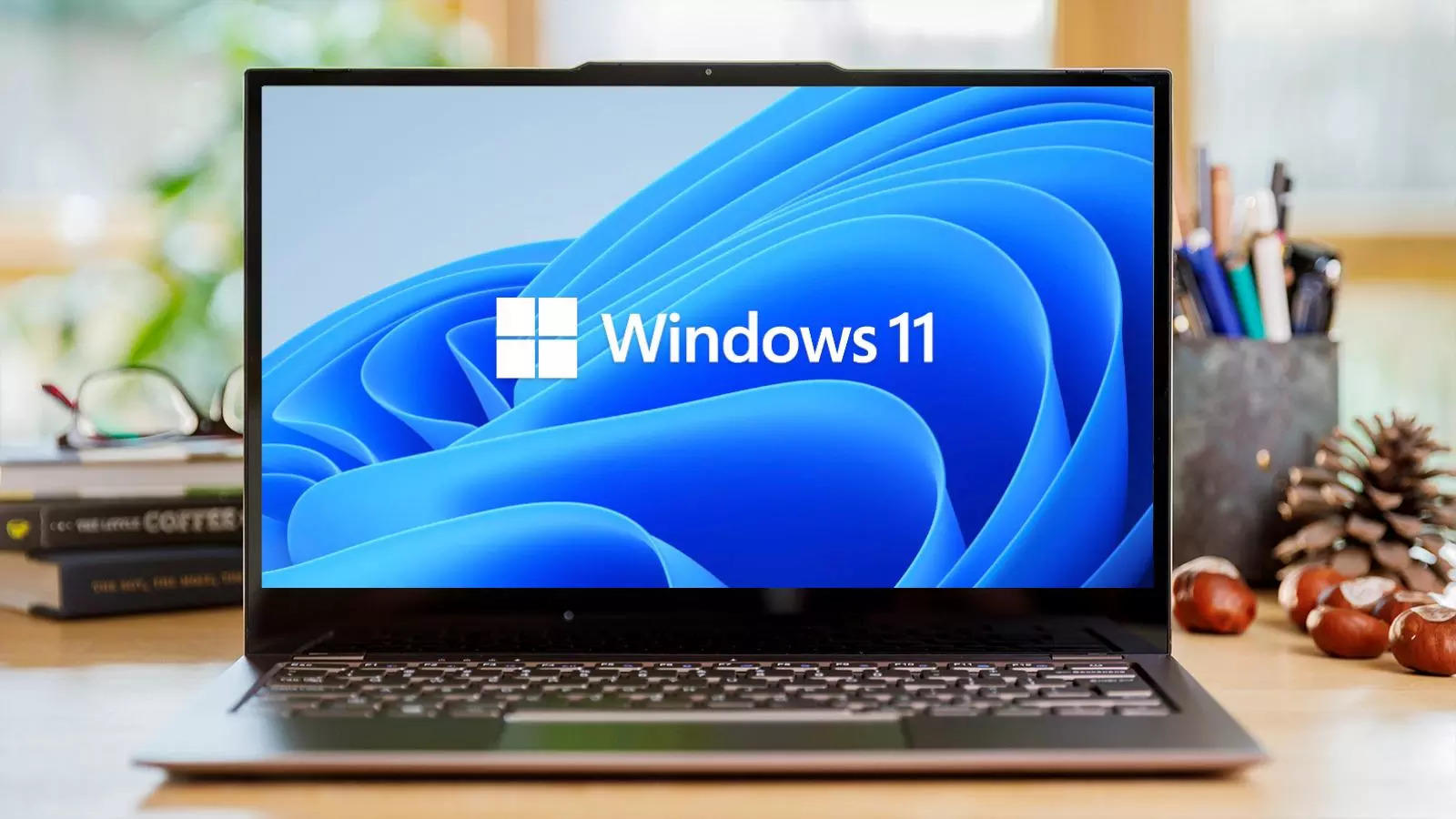Windows: Microsoft wants to move Windows to the cloud: What it may mean for users – Times of India
In an internal presentation, the company revealed its intention to move Windowsto the cloud on the commercial side with Windows 365.The software giant also wants to bring the same functionality for its consumers. In the presentation from June 22 titled “state of the business”, Microsoft discussed building on “Windows 365 to enable a full Windows operating system streamed from the cloud to any device.”
It is noteworthy that the full version of Microsoft 365 is already available on cloud for commercial customers, however, Windows 11 is already seeing a deep integration of the service with the latest OS.
Cloud-based Windows could mean that users can ‘stream’ Windows OS from anywhere on any machine and they won’t have to install a local copy of on their PCs. This is likely to mitigate chances of freezing and ‘corrupt’ Windows in certain scenarios.
OS innovation and custom silicon
Microsoft also wants to introduce “new OS innovations” to increase the popularity of the Windows operating system. In a separate slide, Microsoft mentions the need to “shore up Windows commercial value and respond to Chromebook threat” for its “Modern Work” priorities.
The Windows maker is reportedly planning to go the Apple way and invest in custom silicon partnerships as well. This is in line with a previous report in which it was claimed that Microsoft was looking at designing ARM-based processors for servers and Surface devices.
MacBooks have already seen a bump in performance and battery backup since it moved to indigenously developed M series processors.
Recent reports suggested Microsoft’s work on its own AI chips to counter Nvidia.
function loadGtagEvents(isGoogleCampaignActive) { if (!isGoogleCampaignActive) { return; } var id = document.getElementById('toi-plus-google-campaign'); if (id) { return; } (function(f, b, e, v, n, t, s) { t = b.createElement(e); t.async = !0; t.defer = !0; t.src = v; t.id = 'toi-plus-google-campaign'; s = b.getElementsByTagName(e)[0]; s.parentNode.insertBefore(t, s); })(f, b, e, 'https://www.googletagmanager.com/gtag/js?id=AW-877820074', n, t, s); };
window.TimesApps = window.TimesApps || {}; var TimesApps = window.TimesApps; TimesApps.toiPlusEvents = function(config) { var isConfigAvailable = "toiplus_site_settings" in f && "isFBCampaignActive" in f.toiplus_site_settings && "isGoogleCampaignActive" in f.toiplus_site_settings; var isPrimeUser = window.isPrime; if (isConfigAvailable && !isPrimeUser) { loadGtagEvents(f.toiplus_site_settings.isGoogleCampaignActive); loadFBEvents(f.toiplus_site_settings.isFBCampaignActive); } else { var JarvisUrl="https://jarvis.indiatimes.com/v1/feeds/toi_plus/site_settings/643526e21443833f0c454615?db_env=published"; window.getFromClient(JarvisUrl, function(config){ if (config) { loadGtagEvents(config?.isGoogleCampaignActive); loadFBEvents(config?.isFBCampaignActive); } }) } }; })( window, document, 'script', );
For all the latest Technology News Click Here


